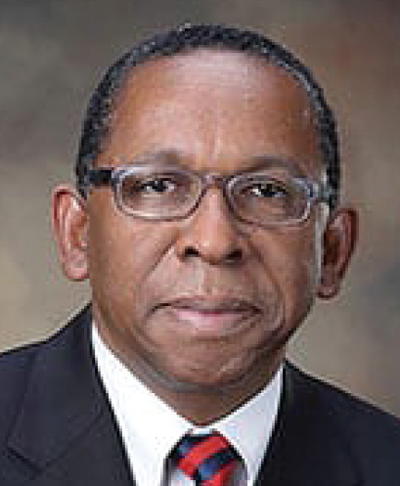


“Many universities have for too long… concluded, wrongly, that the touchstone of an individual’s identity is not challenges bested, skills built, or lessons learned but the color of their skin,” wrote Chief Justice John Roberts for the majority opinion. “Our constitutional history does not tolerate that choice.”
By ending race-based admissions, the Court favored backing a colorblind Constitution and ignoring the history and impact of race, genderism, and classism in America. According to the National Constitution Center website, the Declaration of Independence, the Constitution, and the Bill of Rights “were drafted by people of similar background, generally educated white men of property.” In essence, it could be argued that challenges bested, skills built, or lessons learned applied only to the homogeneous context of “generally white men of property.” Although this opinion focused on race, it opens discussion on the systemic advantages and disadvantages of genderism and classism in America.
“Today, this Court stands in the way and rolls back decades of precedent and momentous progress,” stated Justice Sonia Sotomayor in her dissent, as it “cements a superficial rule of colorblindness as a constitutional principle in an endemically segregated society where race has always mattered and continues to matter. The Court subverts the constitutional guarantee of equal protection by further entrenching racial inequality in education, the very foundation of our democratic government and pluralistic society.”
In referencing the constitutional guarantee of equal protection, even Sotomayor seems to suggest that this principle is now inclusive to everyone and not exclusive to the myopic demographics of the signers.
Yet, the Othering & Belonging Institute at the University of California-Berkely in 2021 found that “more than 80% of large metropolitan areas in the United States were more segregated in 2019 than they were in 1990.” Last year, the U.S. Government Accountability Office reported that more than 33% of elementary and high school students were enrolled at a predominantly same-race/ethnicity schools — where 75% of more of the student population is of a single race/ethnicity. Essentially, America is resegregating.
Nevertheless, the Court’s decision did not apply to military academies because of “further compelling interests at our Nation’s military academies and potentially distinct interests that military academies may present.” The Court failed to define what those compelling and potentially distinct interests are, and it failed to articulate why those same interests would not apply to higher education and America’s future workforce.
By reasserting the prominence of “educated white males of property” this decision highlights the originalism of those who signed the Constitution. It frames their experience and interests — today and for generations to come — as an inclusive reality. We know, however that is not the case. Rather, the ruling places educational attainment out of reach, an exclusive ideal for those who are not “educated white males of property.” It is out of reach, that is, except for Asian-Americans who are hereby rewarded in their status as “Model Minority.”
Believers confront, again, the dilemma regarding their vertical relationship with God and how it informs their horizontal relationship with humanity. We accept, proclaim and share in the affirmative action of Christ when He sacrificed His life for all of us. However, some of us deny affirmative action when it conflicts with our self-interests. Our relationship to God relies on the principle of unconditional love in action, not self-interests.

Xavier University of Louisiana

Xavier University of Louisiana
Now is the moment to which we are called to imagine a way forward that assures equity and justice.”

Fulfilling the Promise of Opportunity (FPWA)

Fulfilling the Promise of Opportunity (FPWA)

New Georgia Project, and member of the Black Southern Women’s Collaborative

New Georgia Project, and member of the Black Southern Women’s Collaborative